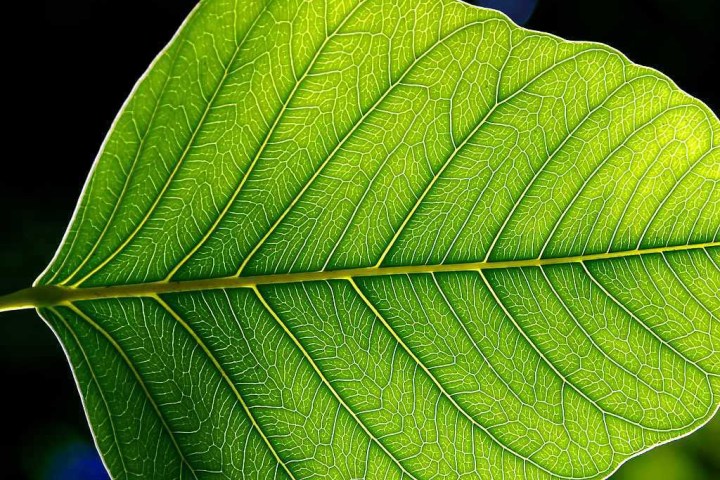
The global population is growing by about 83 million people each year, according to a 2015 report by the United Nations. Although the growth rate continues to slow, experts estimate some 9.7 billion people will walk the Earth by 2050, many of whom will live in poverty and without food security.
“When you have a large centralized process and a massive infrastructure, you can easily make and deliver fertilizer,” Nocera said in a press release. “But if I said that now you’ve got to do it in a village in India onsite with dirty water — forget it. Poorer countries in the emerging world don’t always have the resources to do this. We should be thinking of a distributed system because that’s where it’s really needed.”
Nocera’s plan is to design artificial plants that can use available resources to increase crop yield. Six years ago, while working at MIT, Nocera built an artificial leaf that mimics photosynthesis and has the capacity to power an entire house. Last June, he announced the “bionic leaf 2.0,” which can create energy more efficiently than natural growing plants.
“The fuels were just the first step,” Nocera said. “Getting to that point showed that you can have a renewable chemical synthesis platform. Now we are demonstrating the generality of it by having another type of bacteria take nitrogen out of the atmosphere to make fertilizer.”
Nocera’s new system works by using a bacteria to make bioplastics from hydrogen and carbon dioxide, which it then stores as fuel. Once the bacteria is placed in soil, it pulls nitrogen from the air to create crop-fertilizing ammonia.
As demonstrated through five crop cycles, vegetables grown with the bionic leaf’s fertilizer weigh 150 percent more than control crops. Nocera and his team now hope to refine their system to allow small farmers in developing regions to create their own fertilizer.



